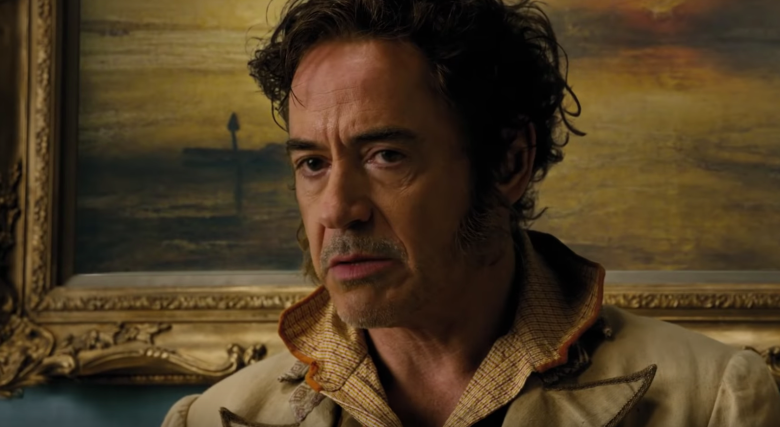Since its release, “Dolittle” has attracted a wide range of audiences, including animal lovers, Robert Downey Jr. lovers and lovers of the original 1998 film. However, these key elements were not enough to keep viewers engaged. The intention is clear, but the film falls flat in both comedic and narrative attempts, leaving something only kids will enjoy.
DRY HUMOR
The satire in “Dolittle” is one of the most disappointing factors of the film. While there are a few hidden gems that will elicit a chuckle, most of the jokes missed the mark. The actors missed comedic beats in nearly every scene, making much of the humor feel forced and unnatural. In addition, the comedic aspects of the film seemed drastically overdone. Even the most serious, profound scenes contained animals popping in with a joke just about every other line. Although “Dolittle” is meant to be a comedy, packing every scene to the brim with satire distracted from the moments that were meant to be influential.
The writers pulled quotes from other films such as “The Godfather” and even from popular memes in an obvious attempt to appeal to the comedic tastes of different generations. Many of the characters seemed to serve solely as comic relief as well, such as Plimpton the ostrich and James the dragonfly. All of the characters, except for a few, lack the depth needed to make them memorable.
FORCED STORYLINE
In addition to Robert Downey Jr., “Dolittle” contains a fairly long list of big-name celebrities as voice actors, such as John Cena, Selena Gomez and Rami Malek. However, these stars did not make up for what was an utterly bland storyline. What was presented as an epic adventure film in trailers did not bring anything unique to the table, showcasing elements found in nearly any other adventure or fantasy story.
The first act contained a tragic backstory meant to give depth to the main character, Dr. John Dolittle. His character is very closed off because he has lost the love of his life, so he refuses to interact with other humans. The goal for his character was clear from the beginning—to get him to reopen his center and help animals in need. Even though he eventually achieves this, there are no apparent inciting incidents that helped move him toward this goal. Every choice Dolittle makes throughout the film is for his own selfish intentions, giving him little to no character development by the end.
The message of the film seems extraordinarily forced as well. By the end of the story, the animals call themselves a family but have made no significant progress in establishing trust and community. As mentioned prior, Dolittle decides to help others in need once again, but his motive is unclear. It seems as if the writers threw a few events together and called it a story.
With its dry humor and storyline, the poor ratings “Dolittle” has received are to no surprise. While it may be enough to entertain young viewers, this family film, unfortunately, does not rise up in the ranks.








